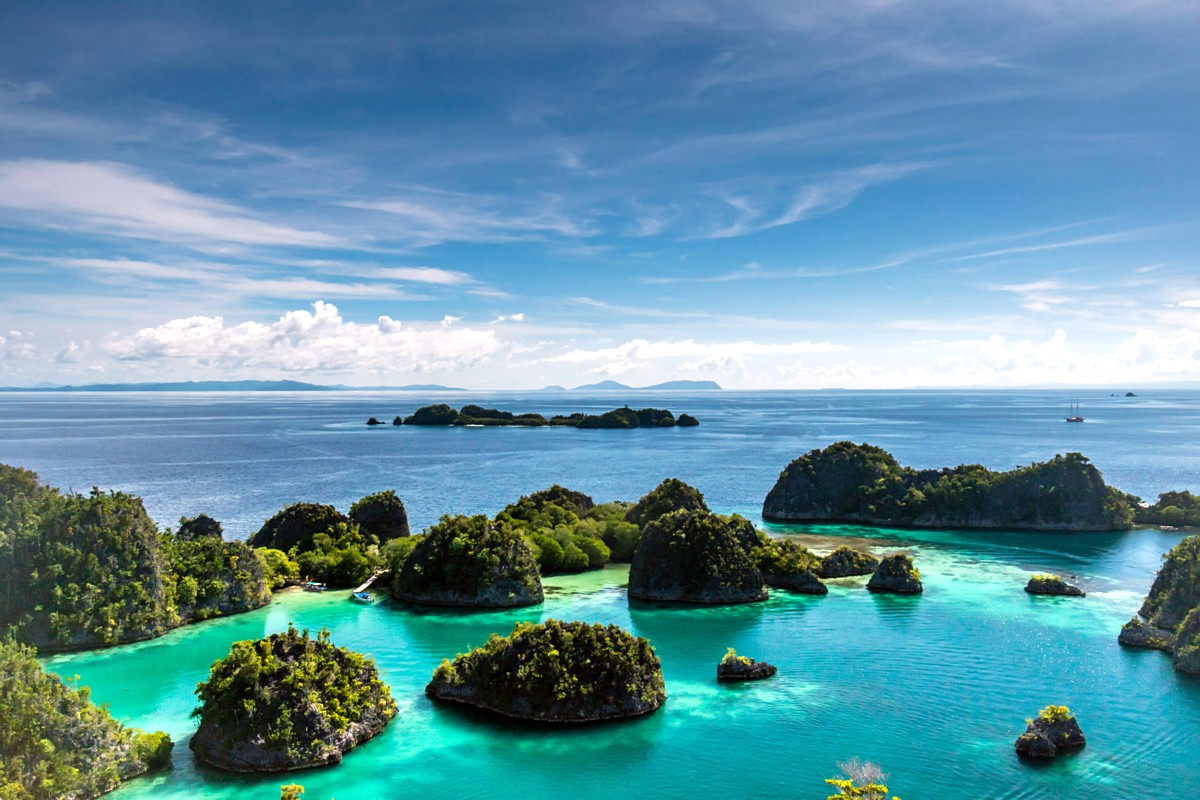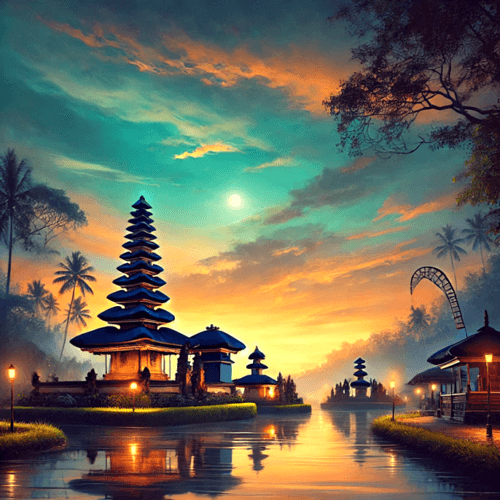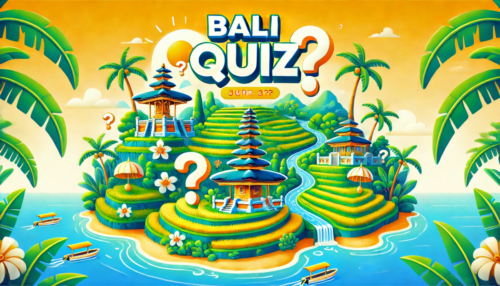Where the land ends, the sea begins, revealing a paradise of islands and marine wonders.
The Ultimate Island Paradise for Divers and Nature Lovers
Raja Ampat, located off the northwest tip of Papua in Indonesia, is one of the most stunning archipelagos in the world. With 1,500 islands scattered across turquoise waters, Raja Ampat is a dream destination for divers, snorkelers, and nature lovers. Known for crystal-clear waters, vibrant coral reefs, and rich biodiversity, it is home to over 1,300 species of fish and 75% of the world’s known coral species, making it a global biodiversity hotspot.
Beyond its underwater wonders, the islands’ lush jungles, hidden lagoons, and pristine beaches are equally captivating. Whether exploring the ocean depths or hiking through tropical forests, Raja Ampat offers an unforgettable adventure in a truly untouched paradise.
A Diver’s Dream: Exploring the Underwater World
Raja Ampat consistently ranks as one of the top diving destinations in the world. Its reefs are among the healthiest and most diverse, providing ideal conditions for marine life to thrive. From manta rays and sea turtles to colorful reef fish and sharks, its underwater ecosystem is vibrant and dynamic.
Famous dive sites include Cape Kri, known for its high fish counts, and Manta Sandy, a gathering spot for giant manta rays. For a unique experience, The Passage offers divers the chance to drift between islands, observing coral gardens and marine critters. Even snorkelers can enjoy Raja Ampat’s shallow reefs teeming with life just beneath the surface.
TIP: Visit between October and April for calm waters, excellent visibility, and the chance to spot manta rays.
Beyond the Reefs: Island Adventures
Raja Ampat’s islands are as breathtaking as its underwater treasures. Wayag Island is iconic for its karst formations rising from turquoise seas, and the viewpoint offers a panoramic view of the archipelago. Piaynemo Island, another must-visit, features a short climb to a stunning lookout over jungle-covered islets.
Nature lovers will find Raja Ampat home to unique bird species, like the red bird-of-paradise, which can be spotted on Waigeo Island. Guided bird-watching tours provide a chance to see these stunning birds in their natural habitat.
Eco-Tourism and Sustainability
Raja Ampat is a model for sustainable tourism and marine conservation. Local governments and conservation groups work with indigenous communities to protect its fragile ecosystem while promoting eco-friendly tourism. Dive resorts prioritize sustainability, using solar power and responsible waste management to preserve the islands’ pristine condition.
Visitors are required to purchase a marine park entry permit, with proceeds supporting conservation and local communities. Supporting eco-friendly initiatives helps ensure Raja Ampat’s biodiversity remains intact for future generations.
TIP: Respect local customs and choose eco-friendly resorts to help preserve Raja Ampat’s natural beauty.
Experience Raja Ampat
Raja Ampat feels like a hidden paradise, offering an escape into untouched nature. From diving with manta rays to hiking for breathtaking views, the archipelago delivers awe-inspiring beauty and unforgettable adventures. For travelers seeking to reconnect with nature, Raja Ampat is the ultimate destination.











